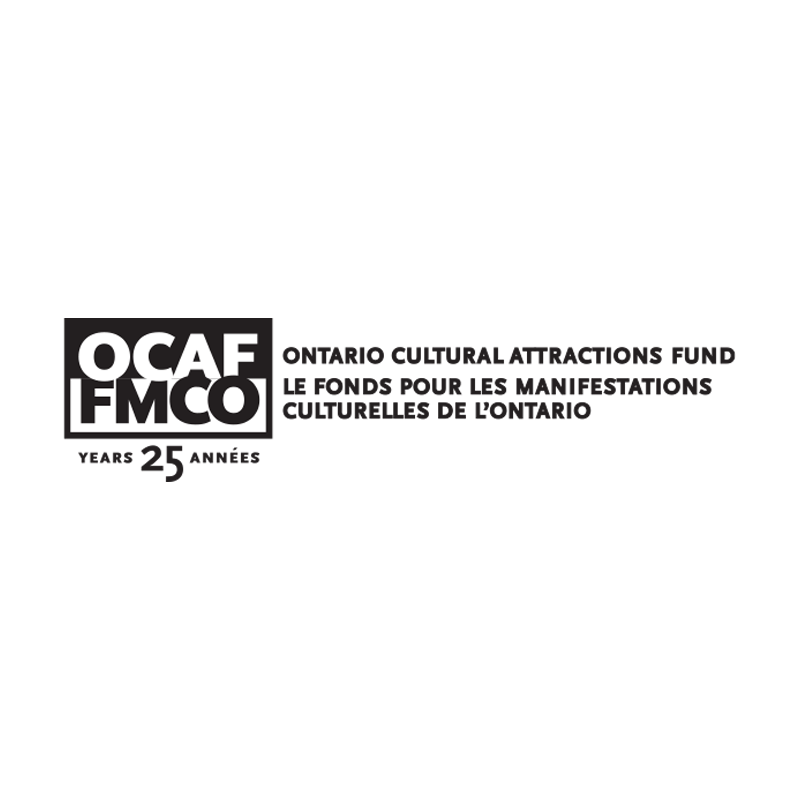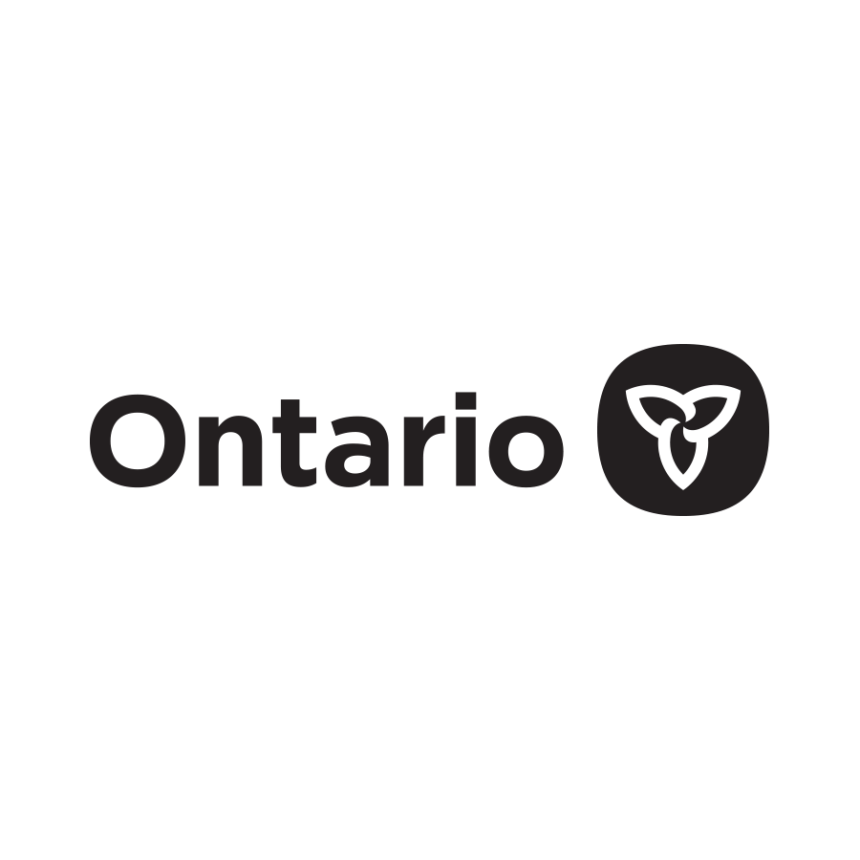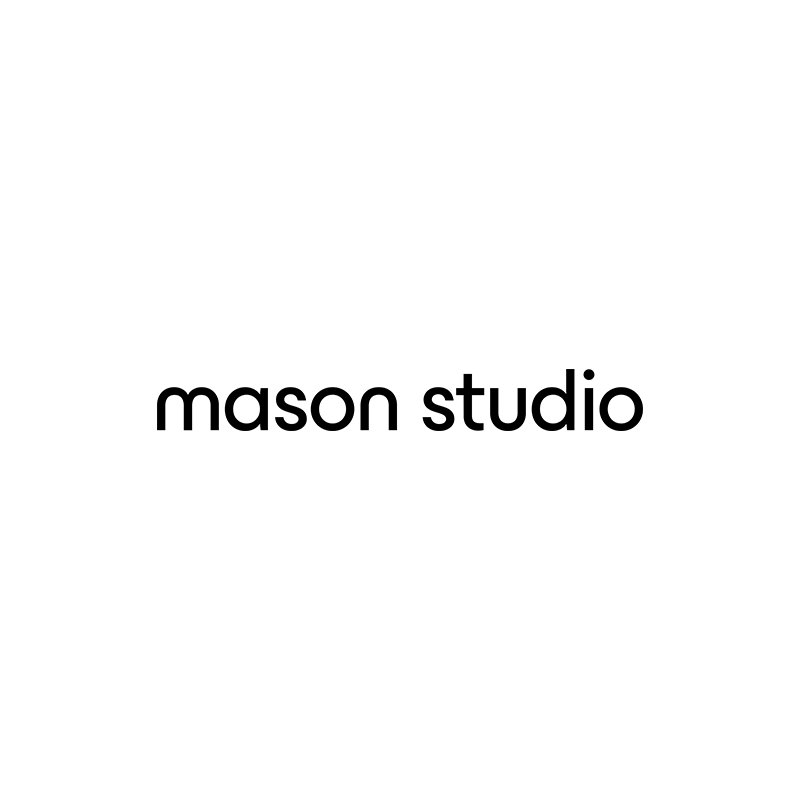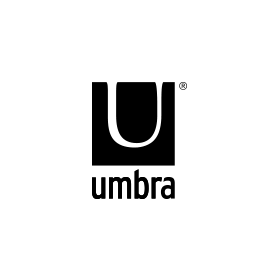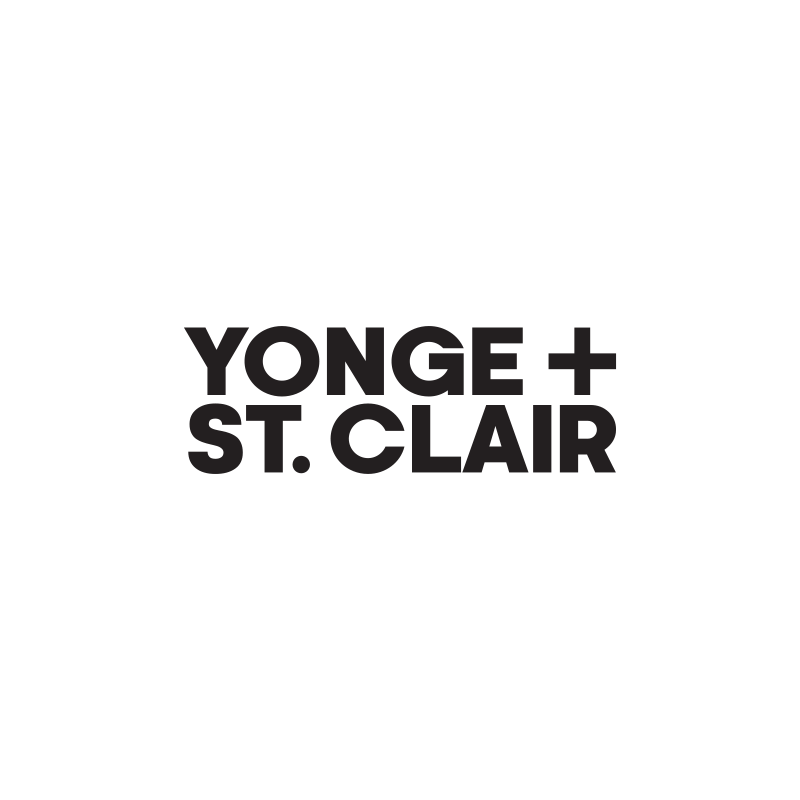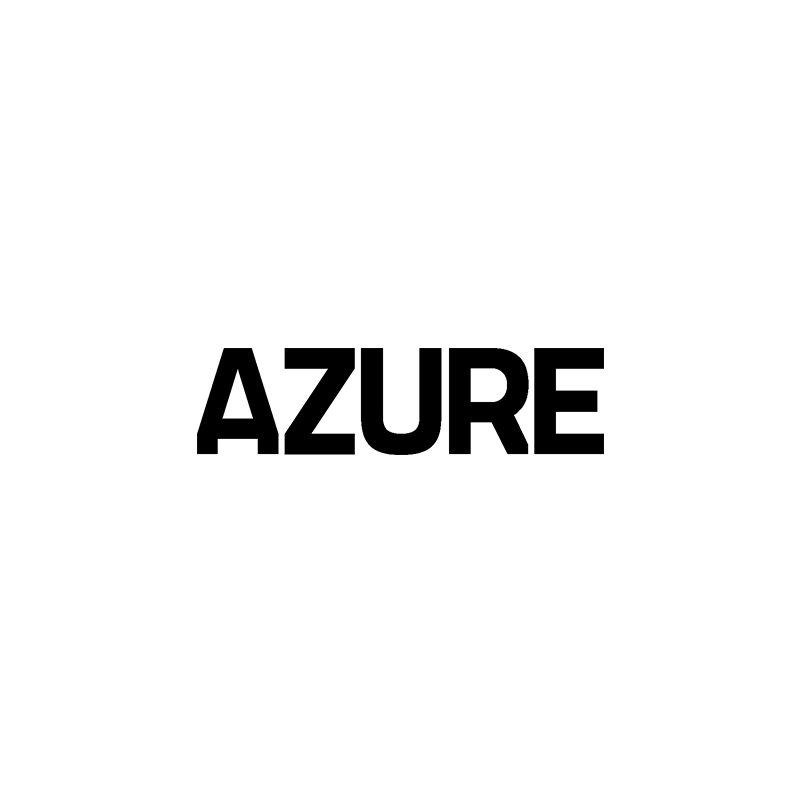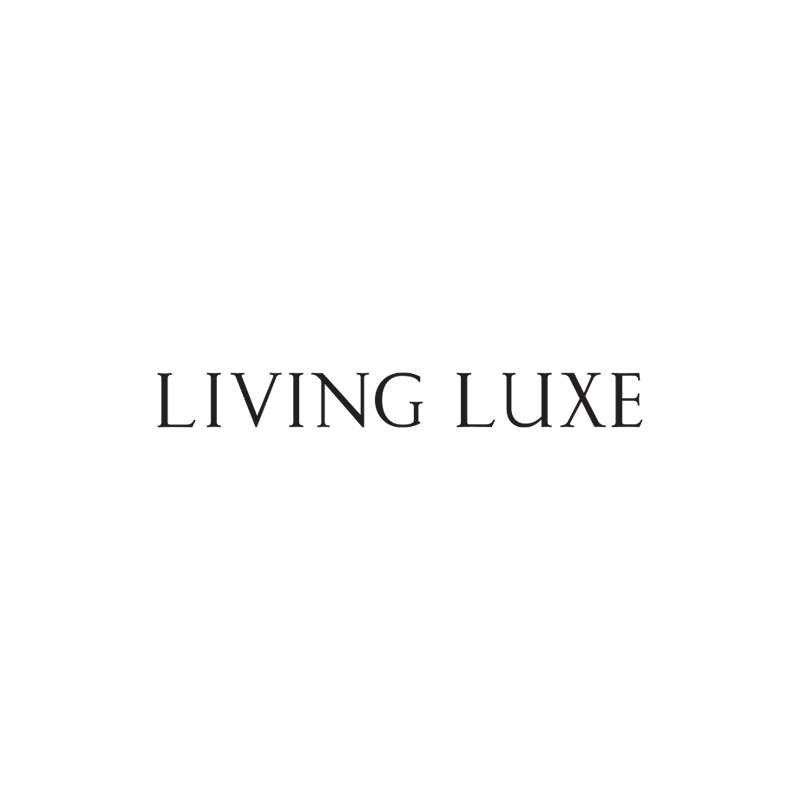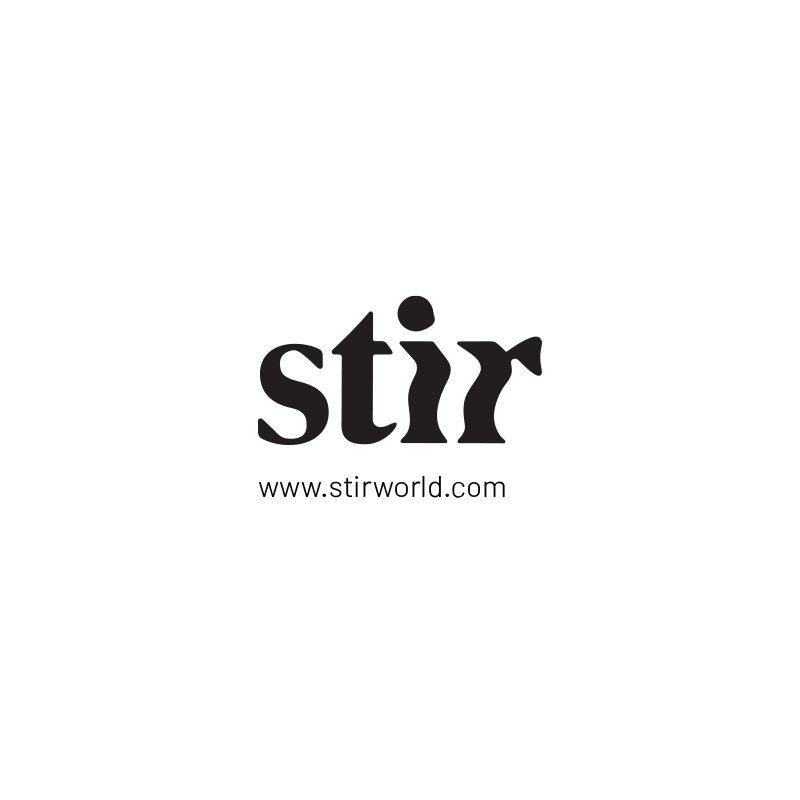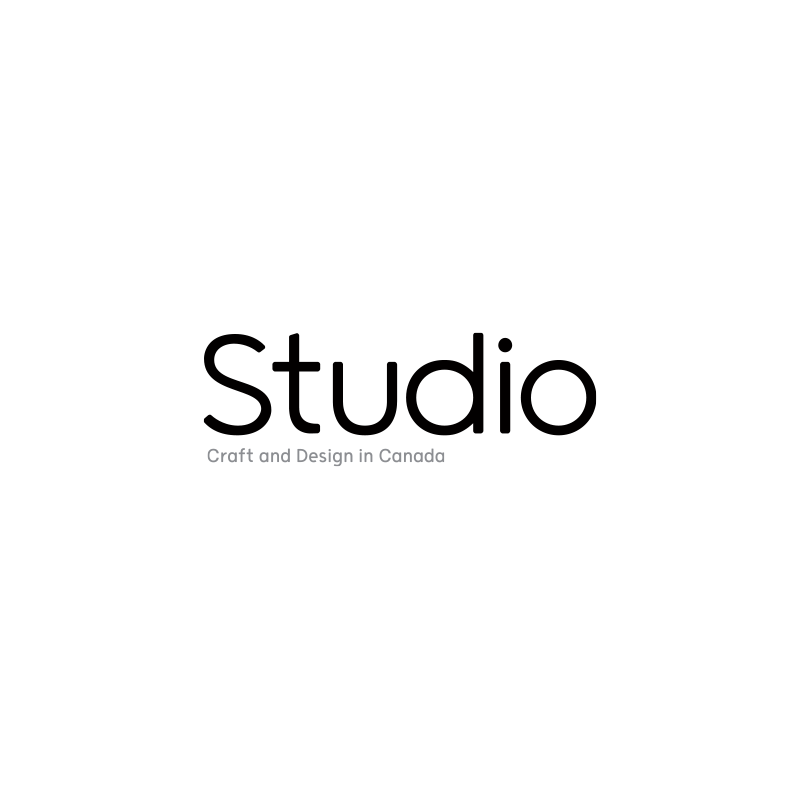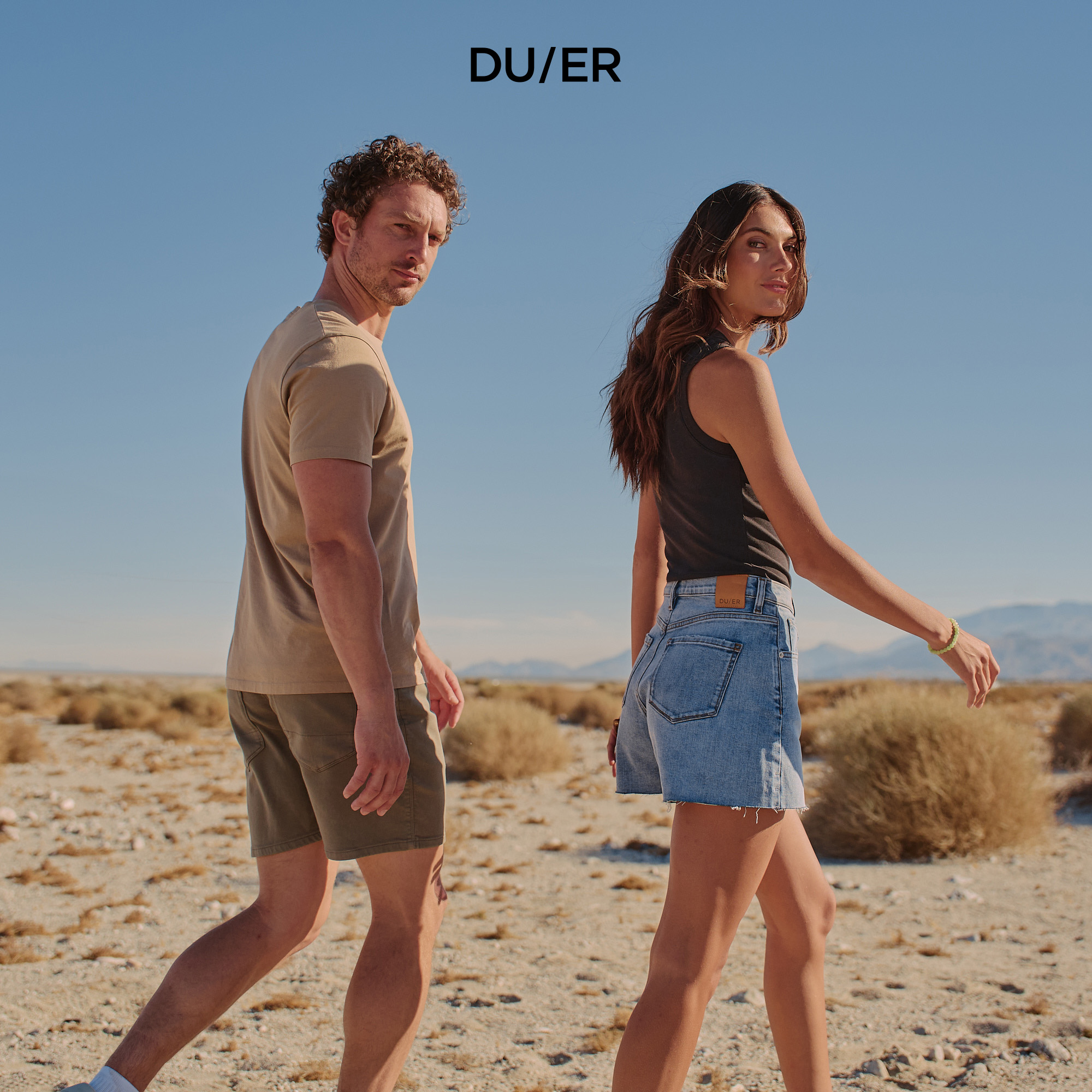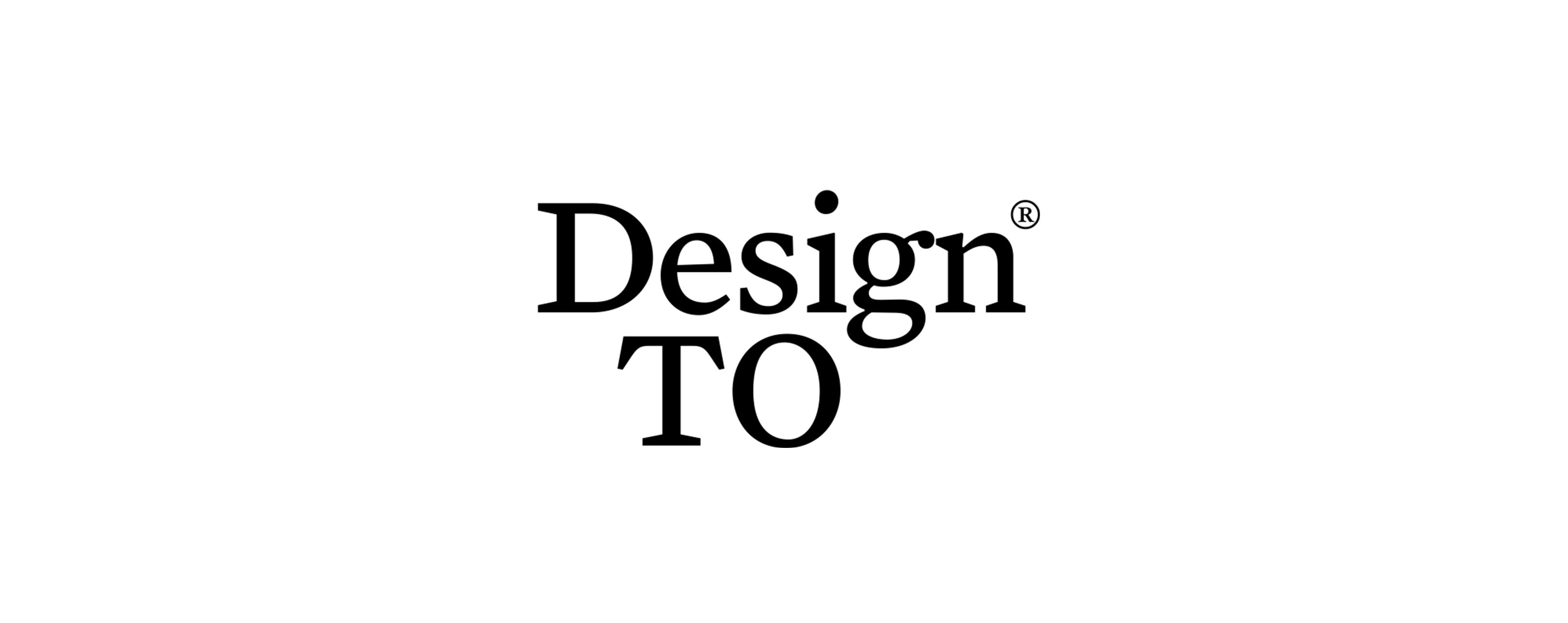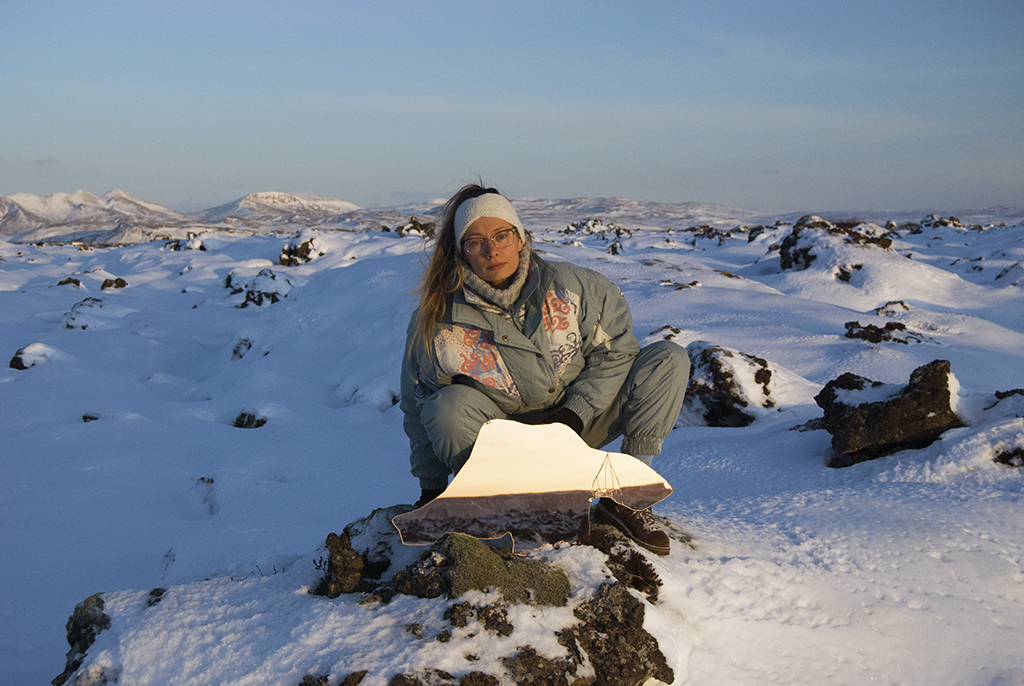

Carissa Baktay is a multi-media sculptor sharing studio time between Iceland and Alberta. As an experienced glass maker, she has earned degrees from Alberta University of Art, the Rhode Island School of Design and Universidade de Nova Lisboa. She has been invited to work in studios in Bulgaria, Norway, Finland and Portugal. Recently, Carissa has been recognized with multiple grants from the Canada Council for the Arts, Icelandic Artists Association, Icelandic Design Fund and Alberta Foundation for the Arts.
Carissa was one of 10 artists and designers invited to participate and create work for ‘Shared Terrain’, a group exhibition that fosters cultural exchange between the Nordic Region and Canada at the 2022 DesignTO Festival.

Learn more below about Carissa’s practice, how it has evolved over time, her inspirations, and why opportunities like DesignTO are important to the creative community.
How would you describe your profession and your practice?
I am an artist working predominantly in glass, hair and found objects and materials. My sculptural practice also includes limited run and one-of-a-kind blown glass objects inspired by my current location. In my “earthy centric” studio practice, I try to live as lightly as possible and mainly use found, recycled and discarded industrial materials, giving another beautiful life to them.
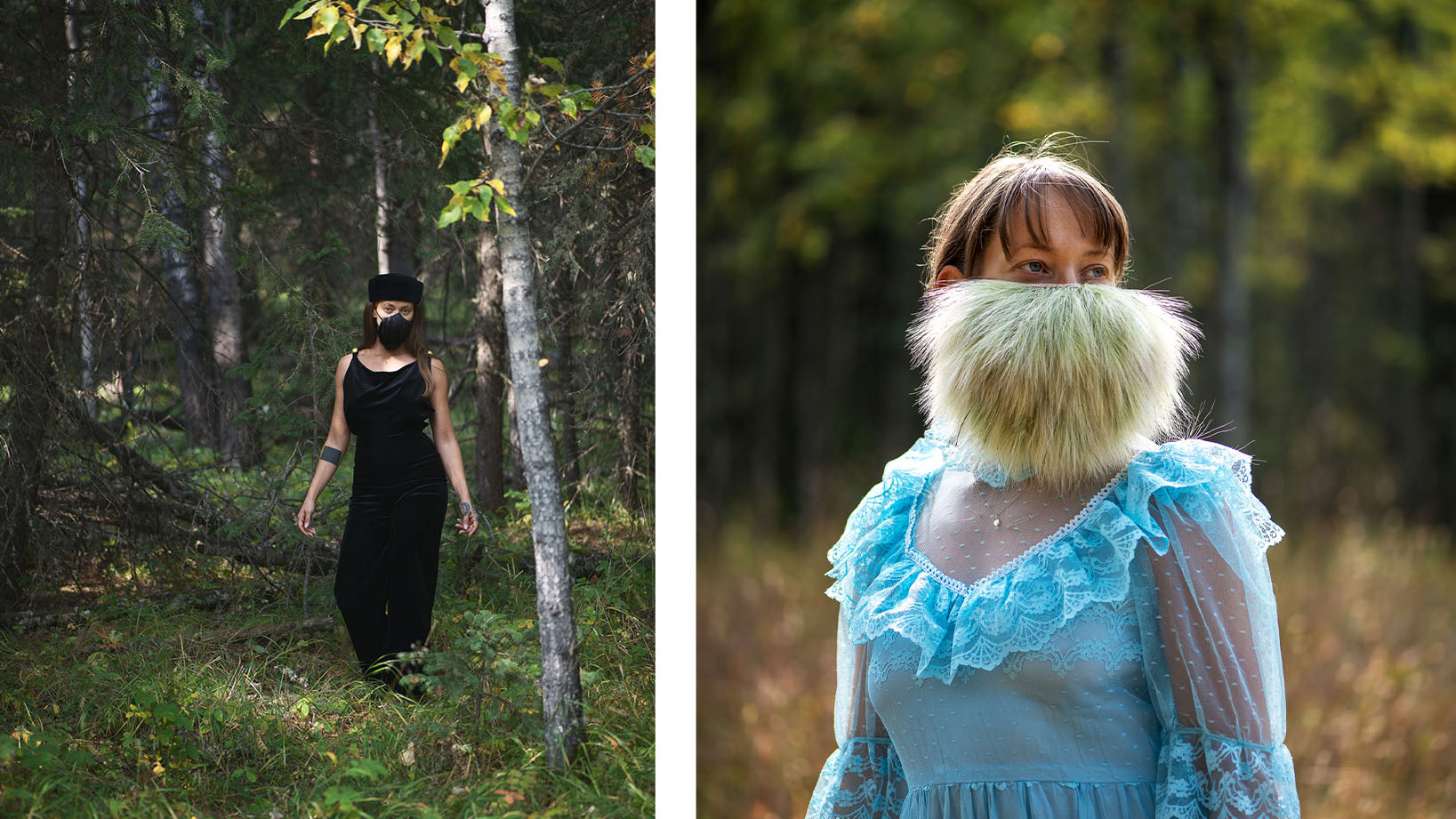
Has your work changed over the course of your career?
Absolutely! At the trailhead of my practice I was a glassblower, mainly creating fine craft and small-run design production. Through glass and its infinite possibilities, I have meandered through lighting design, wearable sculpture, through architectural and scientific fields to a point where glass itself really transformed into the vehicle for my expression – the locomotive that moves my practice. I have moved and changed studios and countries multiple times and sometimes the glass path was impassable; because of this I was pushed to find a detour that caused me to develop an intimacy with material thinking. During these times of play and exploration of other materials, first out of necessity and then because of genuine interest, I have become more adaptable as a creative and that in turn has led to a deeper intimacy with the roots of my practice and with glass itself. I always seem to end up on the glassy path again, no matter where I am in the world, and taking the scenic route there through textile, ceramic, fashion and traditional handicrafts has opened up exciting vistas that I could have never imagined at the start of my journey.
Is your work inspired by anything in particular? What turns you on creatively?
My work is autobiographical, perhaps unimportantly so. The core of my recent body of work is an attempt to understand and to make material my memories of land (place) and home (body). As an instinctual maker, my work is the language of my process, a spiritual necessity. By collecting, repurposing and transforming materials, I transform their presence in space, articulating a new poetic system of meaning.
Through the deconstruction of glass as I understand it, I utilize glass’s materiality (and by approximation its immateriality) formally. Texture, line and weight are tools used to embody personal narratives and question what is possible in glass. I am drawn to these boundaries in technique, and the points at which I can push them and change how the material is understood. In those moments of material surprise or an initial misunderstanding and change in material perception, I hope to draw the viewer in and present them with a different idea of glass materiality.
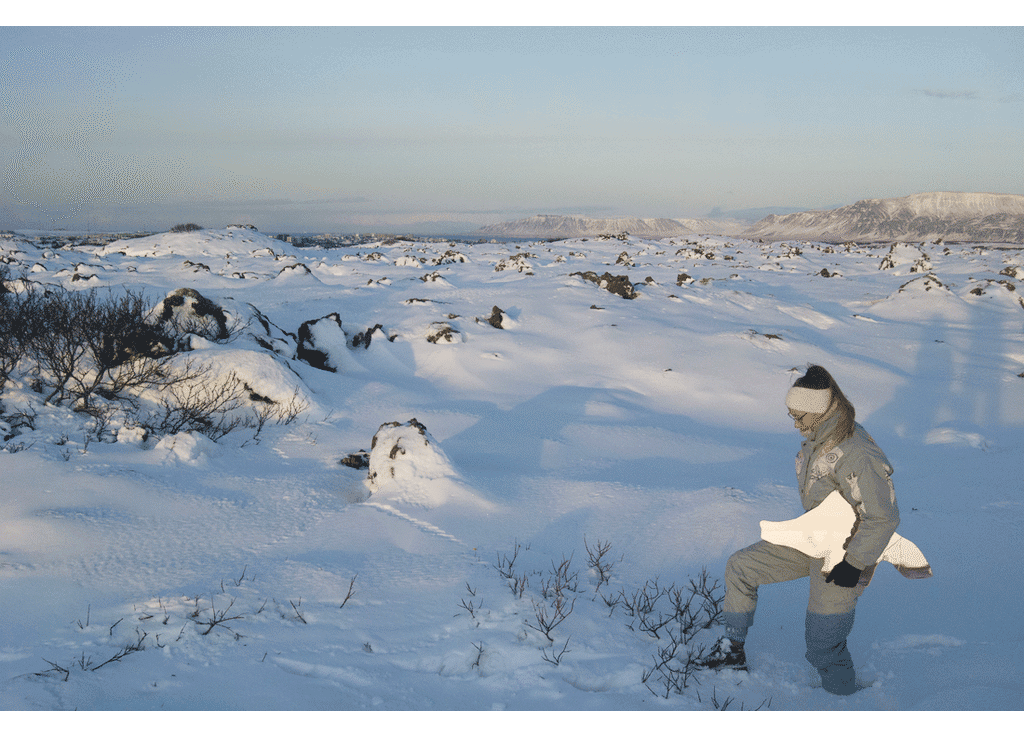
2020-2021 has been a wild ride. How has it changed you for the better?
It was a great opportunity to get cozy and turn inward. I created a lot of very personal work that I don’t think I would have had the courage to present otherwise. It created a space where it felt right to be vulnerable and softer, and that in turn presented itself in my work.
I was locked down in Iceland for some time before I was able to return to Calgary, and certainly the lack of studio time, and ability to travel for residencies, turned me on my head. However, the connectivity through video conferencing and social media platforms created new possibilities for learning and collaborations that would have been impossible in Iceland before the pandemic.
How long have you been involved with DesignTO? Why is DesignTO important to the creative community, here as well as abroad?
This is my first time participating in DesignTO since meeting one of the directors at DesignMarch in Reykjavik in 2019. I think it’s a great opportunity to celebrate creative work post borders and to create a greater community that transcends location and nationality. This is important now more than ever in Canada.
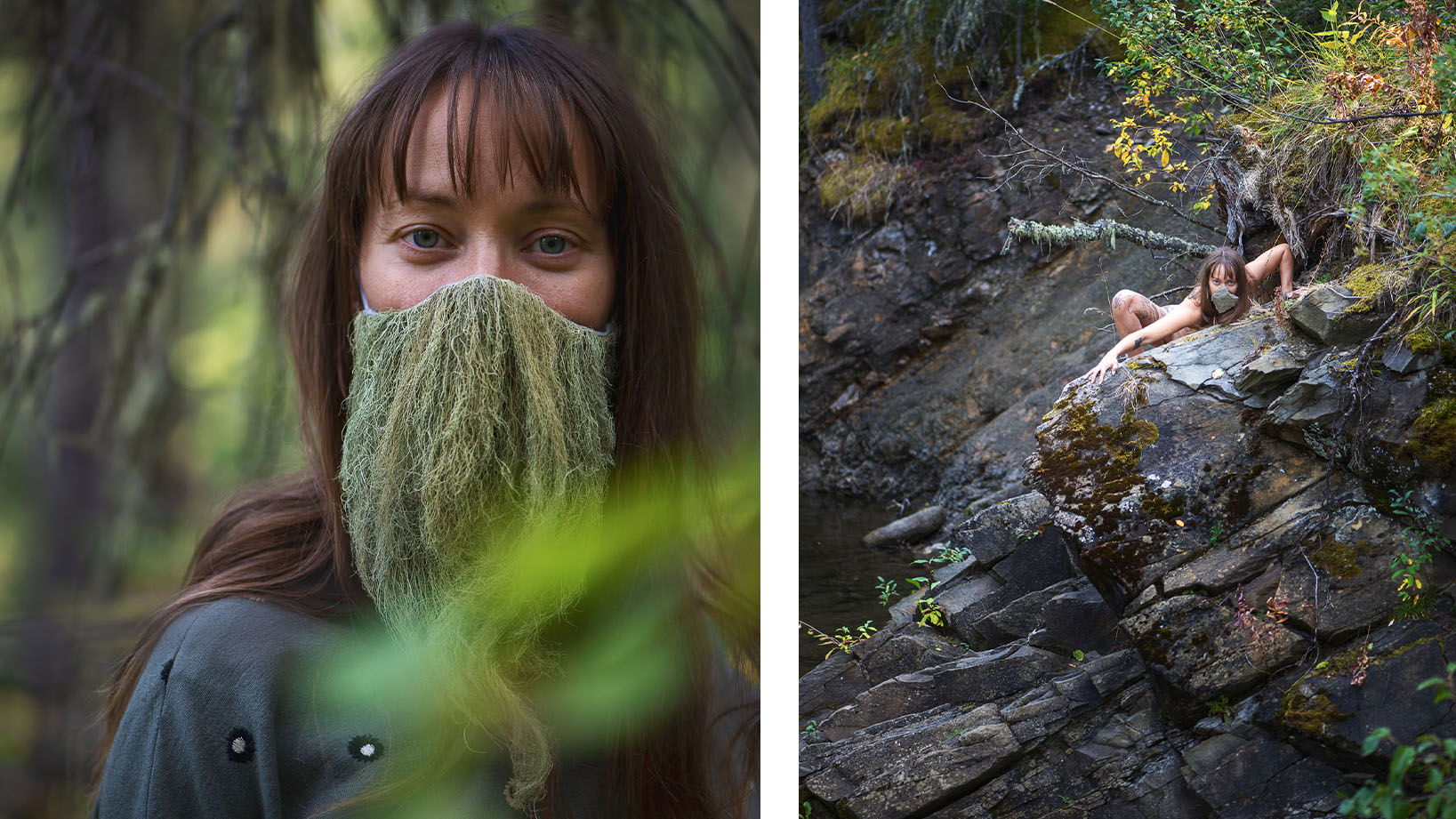
Can you give us a sneak peek at what you’re working on?
I am working on a project that I started during a lockdown. It’s going to be deliciously hairy.
